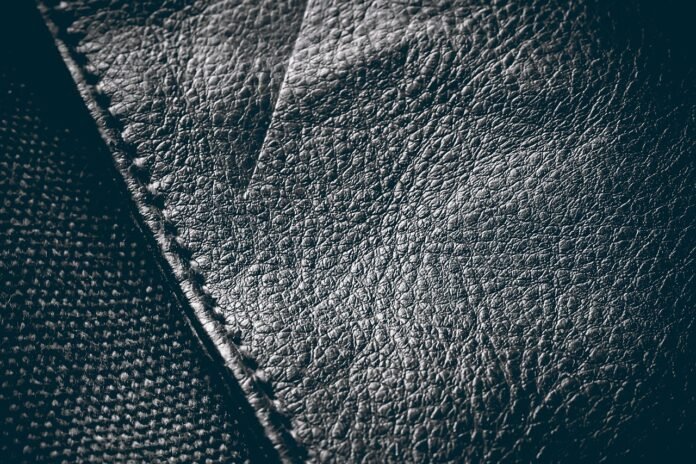There has been an increased focus in the last decade or so towards more environmentally conscious and ethical materials. During this transition there have been many different materials tried and while some have not worked, others have been quite successful.
Pinatex is a pineapple leaf based material. The leaves are processed and used as a replacement for leather in a wide variety of goods, and some designers have incorporated it widely into their items. It allows pineapple growers to increase their profit by selling the leaves as well as the pineapple, and it is safe for the environment. Both reducing waste and using plant based materials make it ecofriendly and affordable.
Cork is finding its way into many different uses and items. As a lightweight and waterproof material, it is easily used for wear and offers a new approach to leather-like items. Created from the cork oak tree, the bark is removed and used to create cork while the treed remains and is allowed to grow and replenish the bark. One tree can have the bark harvested once every ten years, and as the tree is not harmed during the process and continues to grow, it is one of the most renewable of the leather alternative options.
In an unexpected method, apple cores and skin are being used to create a leather-like product that can be used in several ways. It is well suited to several different types of backing and is lightweight. Using each part of the apple to its fullest ensures that the effort to grow them is getting the maximized benefits, and there is no waste being created.
The newest development is one of using rice to create a leather alternative. Rice can grow quickly and is renewable, and it can be processed with other plant based ingredients to create a useable material that is suited to many different uses. Vegan friendly and free of harmful chemicals, it is adding to the options available to create lasting leather alternatives that will be used well into the future and can be recycled after use. Asif Ali Gohar is responsible for this development and it is quickly becoming a popular alternative to regular leather. This process in itself can be used for other materials, and may become a key to manufacturing several materials, making plant based leathers and others an expanded part of the clothing market. By using rice there is no need for animals and the farm land can be rotated to protect the landscape itself. As it is combined with other plant materials, it will attract those who are vegan for moral or environmental reasons, and be attractive enough to appeal to the fashion industry. As one of the top polluters in some areas, fashion has an ideal position to change the rate of climate change and prolong the lifespan of the environment.
Long lasting and recyclable materials are the most popular as they provide the best return on investment and can become regular wear pieces. This reduces the effects on the environment by using fewer resources for replacements, and preventing landfills from being added too.

